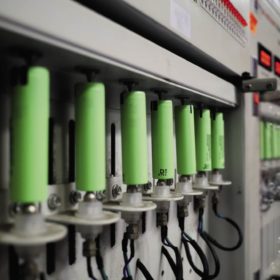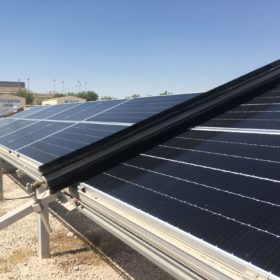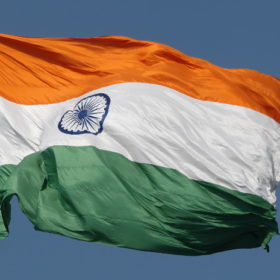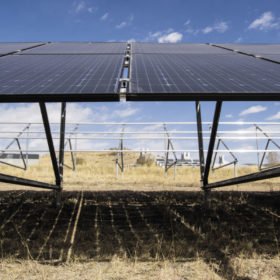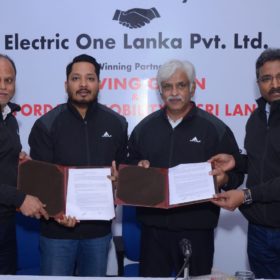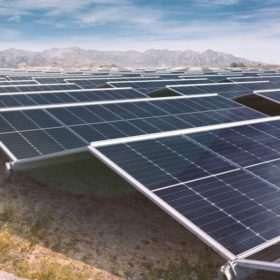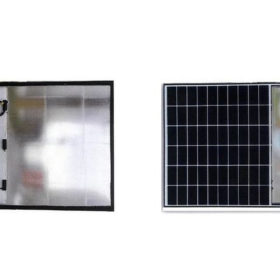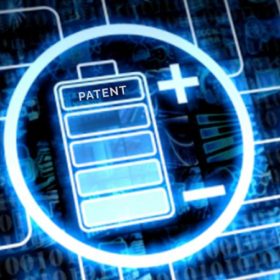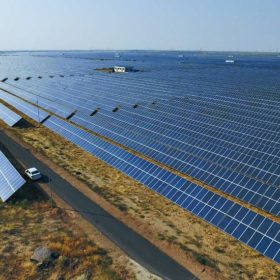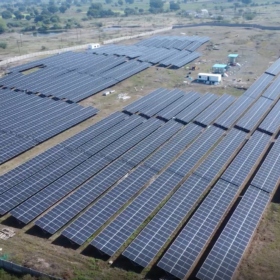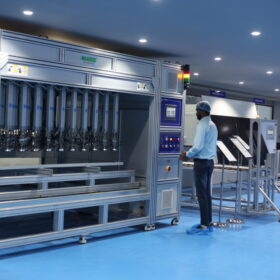Govt signs pact with Rajesh Exports for 5 GWh lithium-ion cell factory
The central government and the state government of Karnataka have signed an agreement with Bengaluru-headquartered Rajesh Exports to lend support and a tailormade incentive package for its 5 GWh lithium cell factory in Karnataka.
Assessing vibrations in solar modules due to robot cleaning
Qatari researchers have looked at the degree to which cleaning robots could threaten the physical integrity of solar panels. They found that cleaning machines have a very minimal impact and that modules of similar sizes tend to exhibit roughly the same amount of vibration.
India can save $19.5 billion annually with shift from coal to clean power
India plans to add 76 GW of utility-scale solar and wind power by 2025. This will lead to annual savings of up to $19.5 billion from avoiding coal power, says a new report.
Larsen & Toubro wins 112.5 MW solar project in West Bengal
Larsen & Toubro will build a 112.5 MW solar power plant on an EPC (engineering, procurement and construction) basis in the southwestern part of West Bengal.
Electric One enters Sri Lanka 2-wheeler market, to start EV assembly by December
India’s largest EV store chain, which has a pan-India retail network of 100+ outlets, has entered the Sri Lankan 2-wheeler market through a joint venture company with cricketer Arjuna Ranatunga. The company will also start EV assembly in India by the end of December and roll out its products using battery technology developed with partner iPower.
Himachal Pradesh targets 100% green energy by 2025
Solar projects aggregating to 500 MW are on the anvil. These projects are planned in the state during the fiscal year 2023-24.
New modular solar solution features cost-cutting ‘slide-together’ system
Green Energy Systems has unveiled a new Australia-made prefabricated modular PV solution for large-scale applications that purportedly offers significant cost reductions by eliminating all stainless-steel nuts, bolts and other traditional fitments in favor of a “slide-together” aluminum junction system.
Water jet tech to recover glass from end-of-life solar panels
Japan’s Shintora Kosan has developed a novel water jet technology to recover glass from end-of-life PV modules. It says it can pulverize the solar cells and the backsheets without damaging the glass.
Beam Global awarded Indian patent for smart battery management system
The US-based company has been granted patents in India and China for its smart battery management system that monitors the thermal storage capacity of the phase-change material and automatically adjusts the power output of the battery packs and cells.
REC commits INR 45,350 crore to 10 GW of renewables in Uttar Pradesh
The non-banking finance company, under the power ministry, has signed agreements to provide financial assistance of over INR 1 lakh crore ($12.3 billion) for various power and infrastructure projects in Uttar Pradesh. This includes INR 45,350 crore for 10 GW of renewable energy capacity addition.
